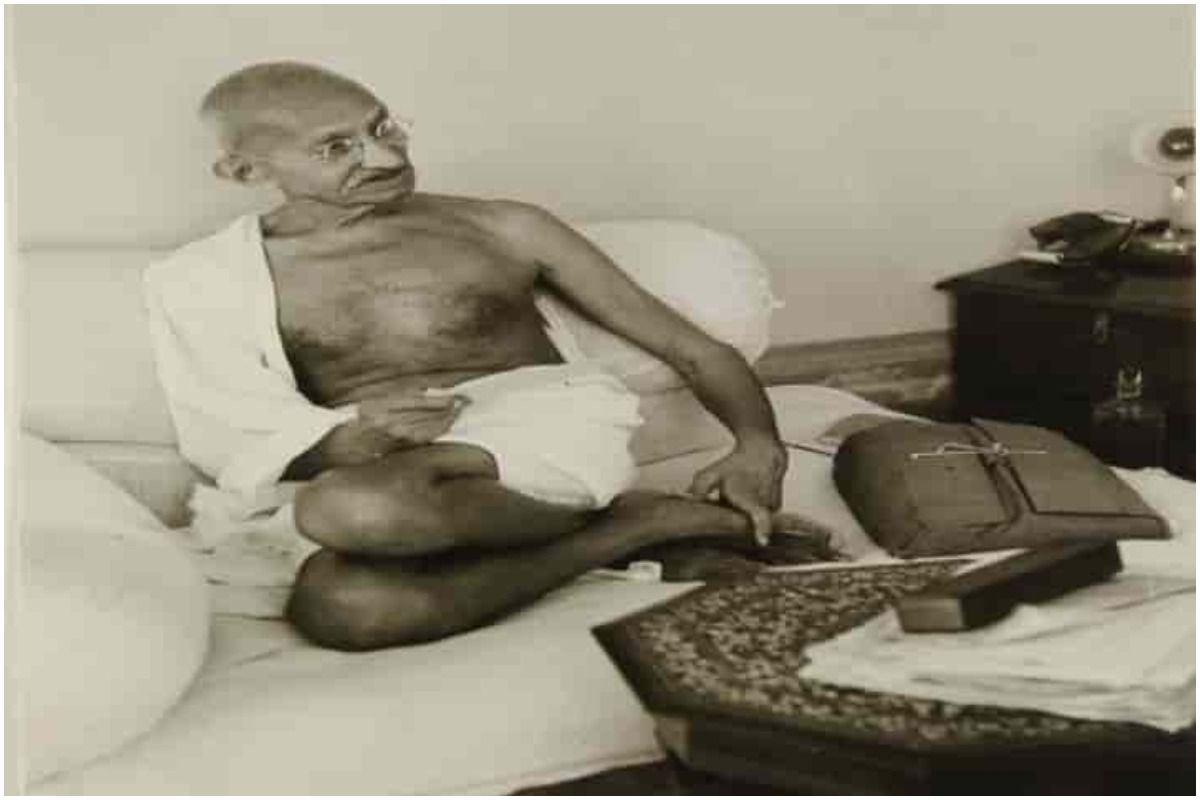Gandhi Jayanti Special: Fruits, vegetables, whole grains, millets, and legumes, prioritized in the Gandhian diet. Additionally, he supported regular fasting and detoxification.

Mahatma Gandhi’s Diet: Mohandas Karamchand Gandhi was a hero, activist, spiritual leader, and advocate of world peace. In 1947, he helped achieve India’s independence. Throughout the course of the independence movement, the man fasted a total of 17 times, with his longest fast lasting 21 days. Gandhi was a vegetarian from childhood and separated his meals into three categories: vegetarian, meat, and mixed diet, which included both vegetarian and meat options. He kept to the first basket since he was a vegetarian.
Mahatma Gandhi, also known as Bapu, wrote, ‘Food is Life,’ in his book Key to Health. He noted, “Whilst it is true that man cannot live without air and water, the thing that nourishes the body is food. Hence the saying, food is life.” In order to improve one’s entire quality of life, Gandhi advocated a basic, balanced diet rich in proteins, fibre, and important vitamins and minerals, frequent exercise, and abstaining from harmful behaviours like drinking and smoking.
What Did Mahatma Gandhi Eat in a Day?
Mahatma Gandhi experimented with his diet and in the book, Diet and Diet Reform, a chapter carried a sample of his diet. “I take generally: 8 tolas of germinating wheat, 8 tolas of sweet almonds reduced to a paste, 8 tolas of green leaves pounded, 6 sour lemons, and 2 ounces of honey. The food is divided into two parts, the first meal is taken at 11 AM and the second at 6.15 PM The only thing touched by fire is water. I take in the morning and once more during the day boiling water, lemon and honey” – Gandhi wrote in his book, as reported by The Indian Express.
5 Healthy Dietary Tips From Mahatma Gandhi
- Seasonal And Natural Foods: He always encouraged eating locally grown and in-season foods, as well as a variety of fresh and dried fruits, vegetables, and herbs, as well as healthful, simply prepared dishes that didn’t lose their natural nutrients and clean water. He encouraged the usage of pure ghee, jaggery, and milk from cows and goats.
- Salt-Free Diet: While we have been often told to cut down on salt intake, Mahatma Gandhi started a salt-free diet in the year 1911, he was a staunch opposer to add additional salt to meals. By the late 1920s, he started consuming salt again as advised by the doctors, he used to have not more than 30 grains per day.
- Fasting: Mahatma Gandhi recognized over a century ago the significance of detoxifying the body and bloodstream following hefty meals. He occasionally ingested fruits and water to enable the system to get rid of any poisonous wastes.
- No Dairy: Gandhiji in his book The Moral Basis of Vegetarianism, said, “I excluded milk from my diet for six years. … But in the year 1917, as a result of my own ignorance, I was laid down with severe dysentery. I was reduced to a skeleton, but I stubbornly refused to take milk or buttermilk. … I could have had in mind only the milk of the cow and buffalo; why should the vow prevent me from taking goat’s milk?” A vegetarian diet must include milk and milk products, he wrote after pursuing his lactose-free experiment. A word of wisdom for today’s weight-watchers who stay away from milk products.
- Sugar-Free Diet: By sugar, we mean refined sugar. As per various reports, Gandhiji loved fruits and mango was his favourite. But he stayed away from refined sugar. “Mango is a cursed fruit,” Gandhi wrote in 1941. “It attracts attention as no other fruit does. We must get used to not treating it with so much affection … but they [the patients] will all get some as we have three boxes.”
